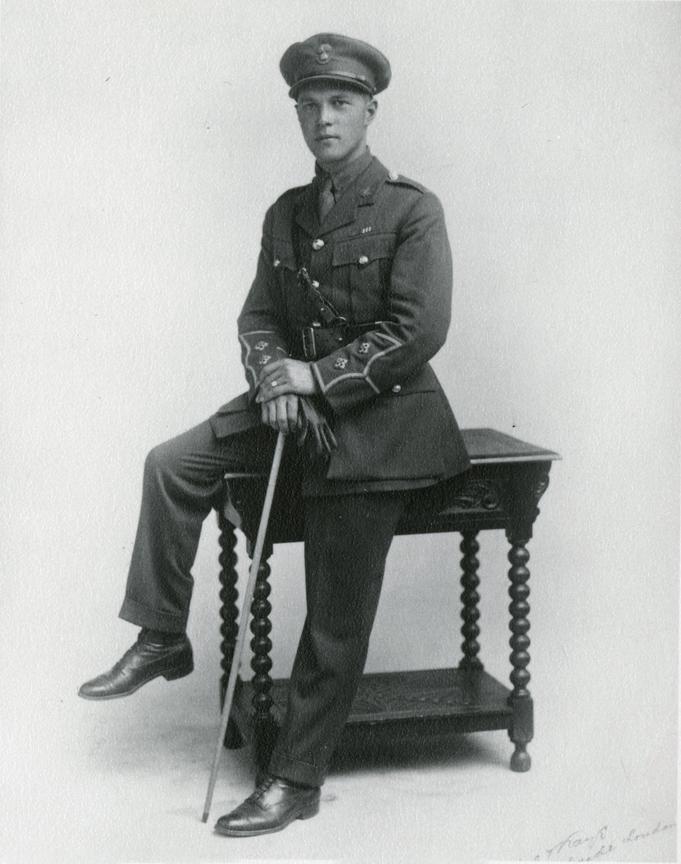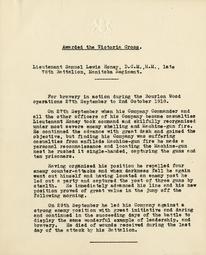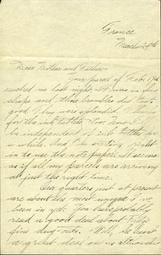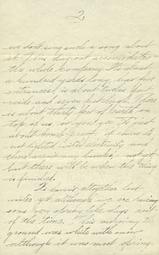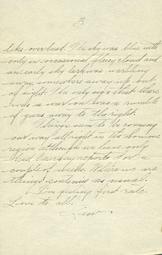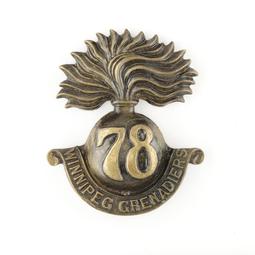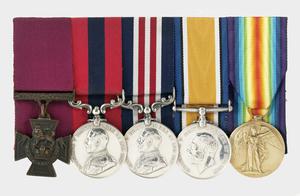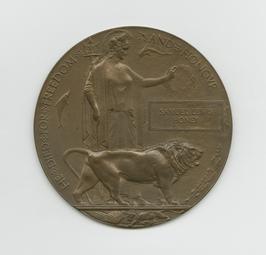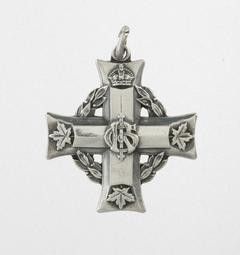Unit
78th Canadian Infantry Battalion (Winnipeg Grenadiers)
Branch
Infantry
Service Component
Canadian Expeditionary Force
Service Number
402174
birth
1894/02/09
Conn, Ontario, Canada
death
1918/09/30
Bourlon Wood, France
grave
Quéant Communal Cemetery British Extension, France
Gender
Male
Samuel Lewis Honey was born in Conn, Ontario, on 9 February 1894. He was the eldest of George E. and Mette Blaisdell Honey’s seven children.
A school teacher, Honey enlisted in the 34th Canadian Infantry Battalion in Walkerton, Ontario, on 22 January 1915. After initial training in Canada, he and his unit left Québec City, Quebec, aboard SS California on 23 October 1915, bound for England. The battalion disembarked in Plymouth on 31 October 1915.
In England, Honey was transferred several times, first to the 11th Reserve Battalion, then to the 53rd, 36th and 87th Canadian Infantry Battalions, before being assigned to the 78th Canadian Infantry Battalion (Winnipeg Grenadiers). During this period, he was made a sergeant. He departed for France on 13 August 1916. On 26 April 1917, Honey was awarded the Military Medal for bravery. No further details were provided by the London Gazette when announcing the award.
Honey returned to England for officer training in May 1917 and became a lieutenant on 2 September 1917. While in England, on 16 August 1917, he was awarded the Distinguished Conduct Medal for his actions at Vimy Ridge.
Honey returned to the 78th Battalion in France on 17 October 1917. He was awarded the Victoria Cross for his exemplary conduct between 27 and 30 September 1918 in operations at Bourlon Wood, France, during the Hundred Days Offensive.
Honey was fatally wounded on 30 September 1918. His Circumstances of Casualty card states: “While taking part in an attack on enemy positions near Sailly on the morning of September 30th, 1918, he was mortally wounded by the explosion of an enemy shell which landed close to him, both his legs being fractured and badly mangled. His wounds were dressed and he was taken to No. 12 Canadian Field Ambulance where he died.” Samuel Lewis Honey is buried in Quéant Communal Cemetery British Extension, France.
Military Medal
No citation. London Gazette, 26 April 1917, Supplement 30036.
Distinguished Conduct Medal
“For conspicuous gallantry and devotion to duty. When his platoon commander was wounded he assumed command, leading his men forward in face of terrific fire, until compelled by casualties to dig in. He held his position for three days, encouraging his men by his splendid example.”
– London Gazette, 16 August 1917, Supplement 30234
Victoria Cross
“For most conspicuous bravery during the Bourlon Wood operations, 27th September to 2nd October, 1918. On 27th September, when his company commander and all other officers of his company had become casualties, Lt. Honey took command and skilfully reorganised under very severe fire. He continued the advance with great dash and gained the objective. Then finding that his company was suffering casualties from enfilade machine-gun fire he located the machine-gun nest and rushed it single-handed, capturing the guns and ten prisoners. Subsequently he repelled four enemy counter-attacks and after dark again went out alone, and having located an enemy post, led a party which captured the post and three guns. On the 29th September he led his company against a strong enemy position with great skill and daring and continued in the succeeding days of the battle to display the same high example of valour and self-sacrifice. He died of wounds received during the last day of the attack by his battalion.”
– London Gazette, 6 January 1919, Supplement 31108

